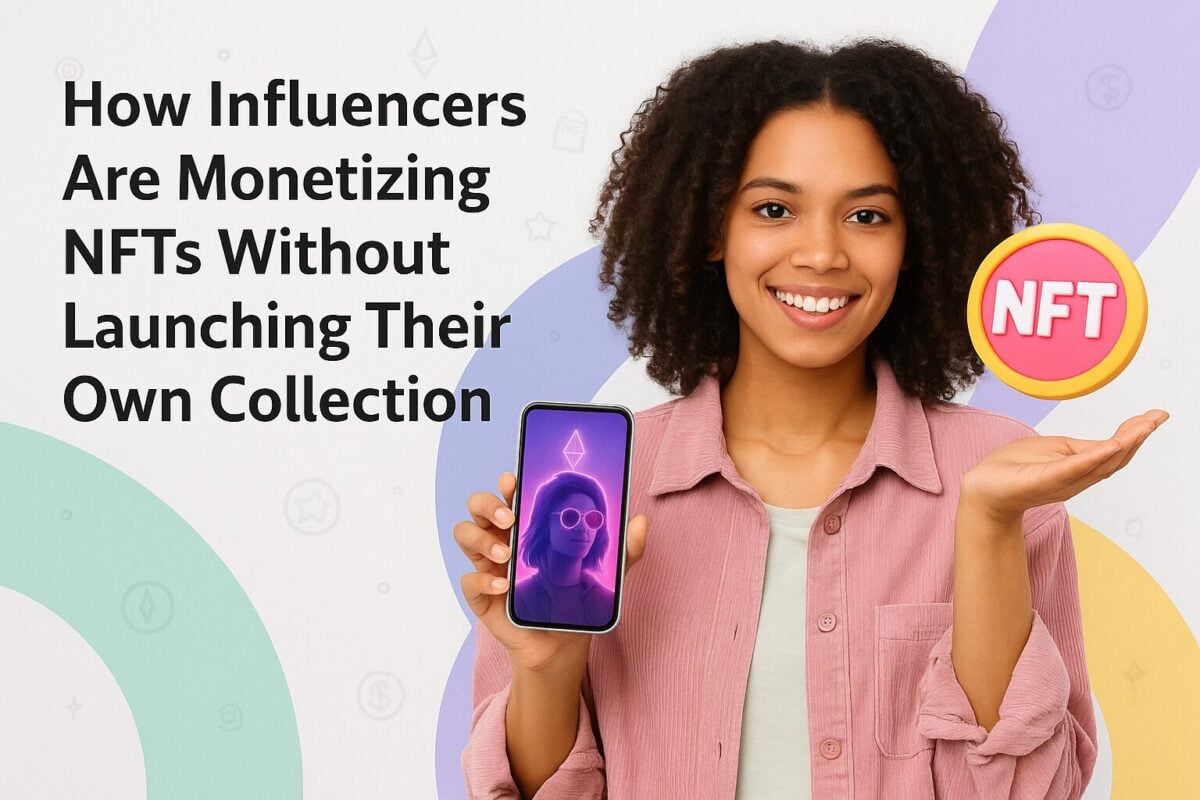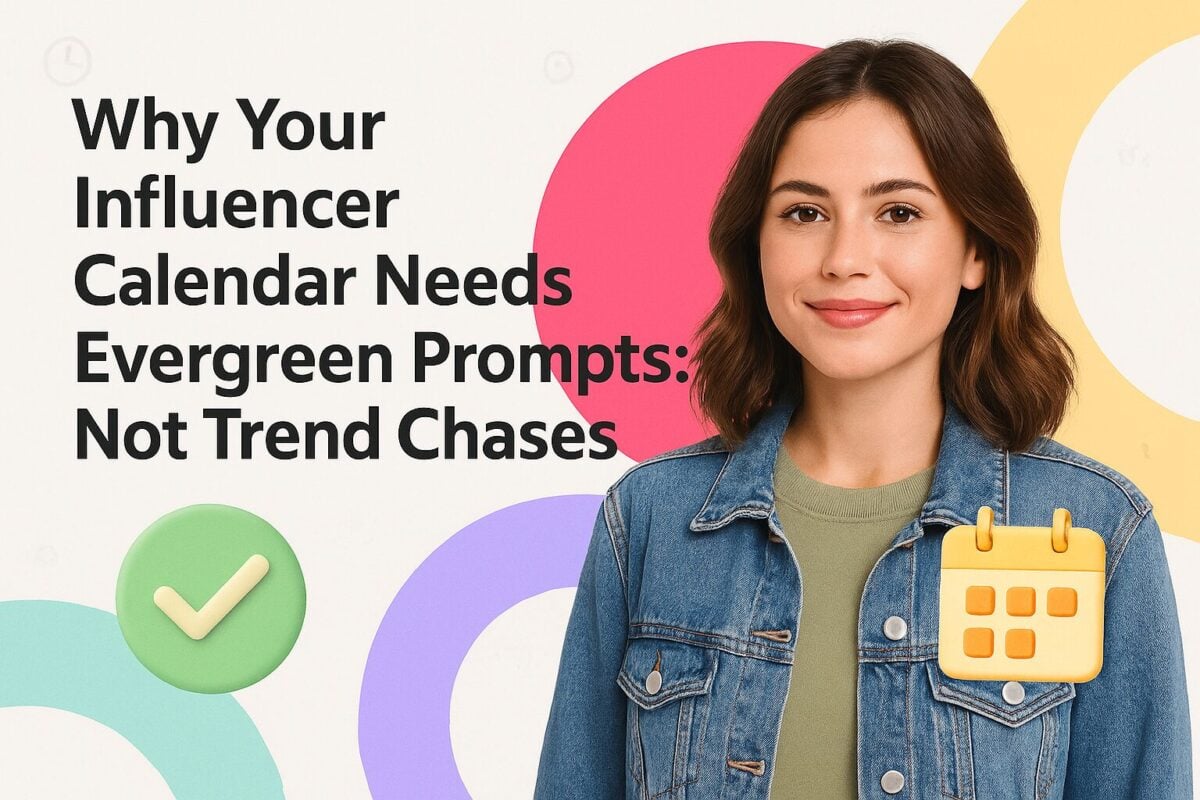When you think of influencer marketing, sports do not necessarily jump out at you as a popular niche. It's hard to imagine sports stars huddled up before a sporting screen or stopping to Instagram the view. Yet, how many sports stars have you seen promoting something, even in a more traditional medium, like television? Sports celebrities have been endorsing products for many years, even some in supposedly amateur sports. The health & fitness and fashion niches are two of the most sizeable influencer marketing sectors, and sports is merely a subset of these.
Influencer marketing in sports is very much a tale of two halves, however. The large big-name sports companies tend to work with the household names of sport. However, these superstars often come with a price tag to match their celebrity status. That's fine for a multinational sports apparel firm, for instance, but out of the reach of a small neighborhood fitness brand. However, many lesser-profile sporting influencers can help brands of any size while remaining within their marketing budget.
We recently profiled 20 Top Sports Influencers Every Brand Should Know About, half of whom are celebrity influencers while the other ten are top sports influencers who have not made it to "household name" status—yet. In this post, we take a broader look at the world of influencer marketing in sports and how it can benefit brands who engage in it.
How Influencer Marketing in Sports Can Be Highly Effective:
The Sports Industry is a Sizeable Market
The global sports market reached a value of nearly $471.3 billion in 2018 and is continuing to grow. Of this, apparel spending came in at $155.2 billion, footwear at $130.5 billion, equipment at $127.2 billion, and bicycles & accessories at $58.4 billion. The participatory sports market accounted for 56.4% of the entire sporting market; however, the spectator sports market grew faster. The global recreation market, of which the sports market is a segment, reached a value of nearly $1,435.4 billion in 2018. While these figures dropped in 2020 to $388.3 billion, due to the COVID pandemic, they are expected to rise again to an estimated $599.9 billion by 2025 as stadiums reopen and people feel more comfortable attending sports games again.
Many brands recognize this and want people to view them as being part of a healthy lifestyle. This has led to brands diversifying to cater to people in the fitness and healthy living sector. Even cosmetics brands now cater to fitness enthusiasts' wish to look good.
Trends in Sports Influencer Marketing
There have been a few clear trends in sports influencer marketing in recent years. Many sports and fitness followers see sports influencers as the ultimate source of inspiration, helping them meet their personal goals. This is particularly so for the non-superstars. Often, a young sportsperson can look up to somebody they see as successful, yet they can imagine he or she was once just like themselves. Many of these influencers will even be happy to give fans advice and encouragement with their training and sporting endeavors. Indeed, some fans use their heroes as unofficial personal coaches and mentors, buoyed by their inspiration. This advice may not be as personalized as what a personal coach would give, but it can still significantly help the recipients. Sometimes young sportspeople looking for advice from sporting influencers can simply find motivation by searching for appropriate hashtags, such as #workout.
Another trend in sports influencer marketing has been the way fans have effectively split into tribes online. For example, every English football club has a group of dedicated (some would say rabid) fans who engage and communicate almost exclusively about their club's activities. Larger brands may find that their own fan bases split the same way. Global sporting apparel and footwear firms, such as Adidas, Nike, and Puma, sell multiple products, covering a wide range of sports. In Nike's case, they had worldwide sportswear sales of $5.73 billion in 2021. However, there are often multiple tribes within each sport, and it is pointless working with the wrong influencer if trying to reach a different tribe. Tribes are groups of people connected through shared values and interests.
For example, in our previously referenced list of 20 sporting influencers, we included former New Zealand rugby union player Dan Carter and Argentinian soccer player Lionel "Leo" Messi. Both are stars of their respective games (which are both called football in their various countries). Yet, a brand trying to sell (association) football kit to young Argentineans wouldn't use Dan Carter as an influencer, any more than a form wanting to sell (rugby) football boots to New Zealanders. The influencers appeal to different tribes.
Many of the mega-deals signed between some of the largest sporting brands and the superstars on the field also recognize the size and power of the sporting stars' social media followings. Nike, for instance, not only signed Cristiano Ronaldo for his undoubted sporting talent. They also signed him up for his access to 371 million Instagram followers.
Why Are Sports Influencers Effective?
There has been a considerably increased interest in health and fitness over recent years. Sport and other physical activities play a crucial part in this. While COVID has slowed things down somewhat, particularly lockdowns affecting sports participation and live sports viewing, more people than ever understand the importance of being fit.
Sporting and fitness influencers have always been popular with their fans, who have happily gone online to learn about their stars' latest successes or learn from their coaching tips. However, they are more important than ever now when people are stuck at home, trying to find alternative ways to train or just other ways to spend their time.
Of course, if you are a large enough market, working with a high-profile sportsperson in a sport relevant to your brand helps boost your credibility with that person's fans/followers. Even if you can't afford an A-list sporting celebrity, you will find many lesser-known sporting and fitness influencers who inspire their followers.
Influencer platform, Upfluence, calls a subgenre of sporting influencers "fitfluencers." Fitfluencers are social media stars who have built a community around their healthy lifestyles. Their followers generally perceive them as "real people" and respect their opinions more than those of celebrities who they see as living totally different lifestyles to themselves.
When we look at our list of 20 top sports influencers, the two closest to being fitfluencers are Alex Callahan, a yogi from Boulder, Colorado, who uses Instagram to share her fitness and spiritual journey with her followers, and Adriene Mishler, who runs her Yoga With Adriene YouTube channel. Fitfluencers such as Callahan and Mishler have helped boost brand awareness and create positive brand associations among their core followers.
Choosing the Right Influencers for Your Sporting Brand
The most important thing is to ensure that you target the right influencers for the tribes that your fans and customers belong to. Don't just go for somebody because they're famous and you recognize their name. Sports followers can be exceptionally parochial and working with the "wrong" influencers could harm their impression of your brand.
As with all influencer marketing, you want to look at potential influencers' engagement rates. If your sports star is too busy training to spend time online or communicate with their fans, they will not be of great value to your brand.
If you sell products appealing to a niche sport, you may do better to work with an enthusiastic, active, engaging influencer, even if they don't have many followers. They are more likely to have the right followers for your brand than many more popular influencers will.
Indeed, you might even choose to go with influencers outside the sporting niche if you can establish a clear connection between them and the types of people likely to be potential customers.
Planning an Effective Influencer Marketing Campaign in Sports and Fitness
As with all influencer marketing campaigns, you need to be well organized when undertaking an influencer campaign focusing on sports and fitness. It could be wise to go through our 11-step influencer marketing strategy.
As we have stated throughout this article, you need to begin by defining the target audience for your campaign. Precisely who are you trying to reach? You can't select suitable sporting influencers if you aren't clear about who you want them to influence. And you need to be particularly careful that you choose influencers who have followers matching the correct tribe for your market. Suppose you're trying to sell football merchandise to Manchester City supporters. In that case, there is little point in working with a popular influencer with red-colored branding on their social pages, who clearly supports Manchester United.
Then you will want to set specific objectives for your campaign. What do you wish to achieve with this combination of influencer posts? Why are you going through this process? While you're at it, you might want to think about how you can measure this objective. If, for example, you aim to work with an influencer to help promote your Get Fit videos on YouTube, how are you going to measure whether the influencer successfully directs traffic to your channel?
Then, of course, you need to discover the most appropriate sporting influencers for the tribe your potential audience belongs to. You need to find:
1. Where do the online conversations about your sporting or fitness niche take place?
2. What motivates potential influencers to promote relevant content?
3. Is activity concentrated on a particular social channel, or is the niche more fragmented?
4. Who are the people that most often write or create other content about your topic?
5. What is the background of these people?
You will then have to decide whether you should select influencers manually (perhaps you already know who you would like to work with), sign up to a platform to search for influencers, or work with an influencer agency for the entire process.
Once you have found suitable influencers who appeal to the right tribe for your brand, you can collaborate with them to produce and distribute quality content.
Frequently Asked Questions
How do you become a sports influencer?
Becoming a sports influencer will not happen overnight. To become a sports influencer, focus on finding your niche and growing your content. Over time, you will need to focus on connecting with other sports influencers and liking and commenting on their content to gain followers. When you attend trade shows and sports events, consider asking people to follow you.
What is a sports influencer?
Sports influencers are social media influencers in the sports field that focus on different sports, workouts, nutrition, or general training. Many sports influencers are trainers or athletes. Sports influencers will generally post workout videos and nutrition-themed content.
Are athletes influencers?
Many elite athletes are considered influencers, but not all influencers are considered athletes. Many athletes will operate as influencers because they have a direct line of communication with fans and followers. Athletes come with built-in exposure from their team, their league, major sporting events, and sponsors.
How do brands use influencer marketing?
Brands use influencer marketing to reach a new audience to promote their products and services. By partnering with popular social media users or bloggers, brands can engage a larger audience and brands can tap into influencers to build credibility and even drive sales in some cases.
Why are celebrities and athletes used in marketing?
Celebrities and athletes are used in marketing to help brands better access their fan base and audience. Multiple different athletes and celebrities will often appear in different brands’ marketing content. Endorsements will also help the brand grow their sales and better reassure customers that the quality of their product is excellent.




